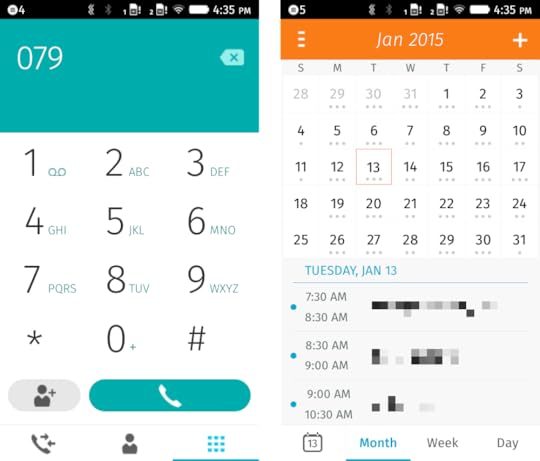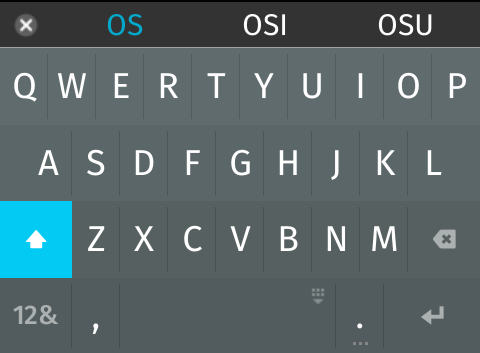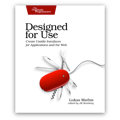Firefox OS
In the five minutes I had to play with it, I was impressed with Firefox OS. It’s a modern touchscreen operating system with smooth interactions, an array of apps, and all the settings and customizations you’d expect. In my short time with the phone, which was not connected to the internet, I played a game of 2048, poked around the settings, and panned and zoomed around a maps app. I would have liked the 2048 tiles to slide more smoothly, and the map scrolling and panning to stutter less, but the groundwork is there. It is a web-based operating system that worked offline well, and there was no distinction between local apps and web apps.
I’ve been playing around with a Firefox OS phone for a few weeks now, and I really like it. I think the most interesting thing about it is how simple everything feels. It feels like the first iPhone, with some additional modern amenities.
The lock screen shows notifications and allows you to insta-launch the camera. The home screen is pretty bare-bones. It scrolls down, instead of sideways, like the iPhone’s.

Firefox OS comes with a bunch of built-in apps, pretty much everything you’d expect from a mobile phone. The visual style of the OS is flat and simple, more reminiscent of Android’s Material design than the iPhone’s gaudy transparencies and layer effects.


If you need more apps, there’s an app store, and thanks to the fact that apps in Firefox OS are all web apps,1 it’s pretty well-stocked.
Like Firefox OS itself, the keyboard eschews any fanciness. It does its job.

There’s really not a lot of crazy stuff in Firefox OS. One small nice feature is that you can switch between apps by swiping in from the left or right screen edge, but there’s no nifty cards metaphor for app switching and no spatial menu. Firefox OS is just really simple, solid, friendly, easy to use smartphone platform. And perhaps that’s not a bad thing; perhaps there’s room in the market for a platform like this.
If you require a short url to link to this article, please use http://ignco.de/664

If you liked this, you'll love my book. It's called Designed for Use: Create Usable Interfaces for Applications and the Web. In it, I cover the whole design process, from user research and sketching to usability tests and A/B testing. But I don't just explain techniques, I also talk about concepts like discoverability, when and how to use animations, what we can learn from video games, and much more.
You can find out more about it (and order it directly, printed or as a DRM-free ebook) on the Pragmatic Programmers website. It's been translated to Chinese and Japanese.
Lukas Mathis's Blog
- Lukas Mathis's profile
- 2 followers




